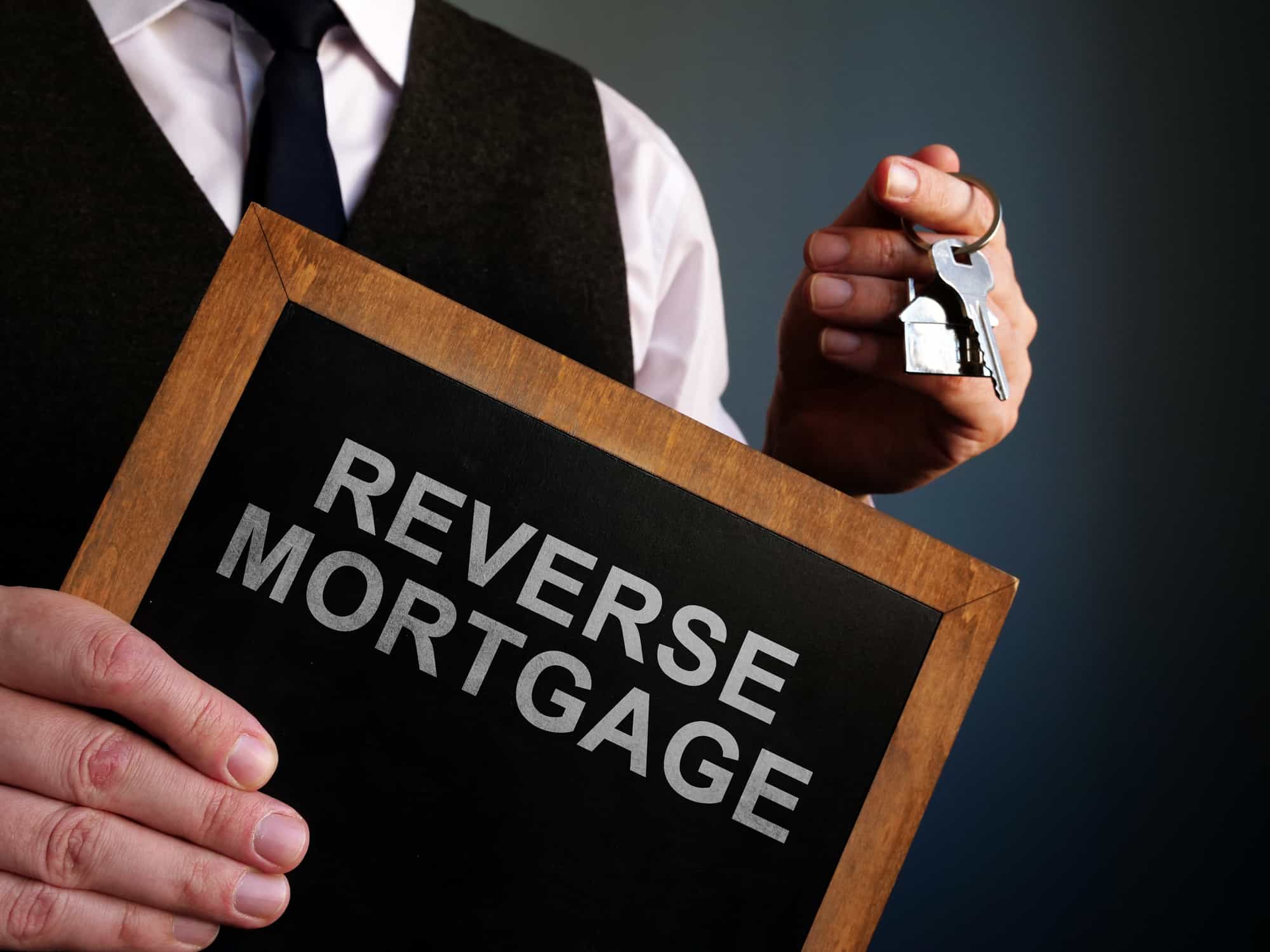One of the stipulations in a reverse mortgage agreement is that the borrower is responsible for home upkeep, and to maintain the home at acceptable levels. To ensure this obligation is met, lenders do an initial inspection before the loan is signed to establish that the home is in good repair. During the term of the loan itself, the lender usually sends someone around annually or bi-annually to check the home, often by simply driving by the property.
Maintaining the Home
The level of maintenance required by lenders varies, but a good rule of thumb is to fix small problems before they grow into serious maintenance issues. For most seniors, this means continuing to maintain the residence–or have someone help maintain the building–in the same manner that they’ve kept their home up in the past.
Lenders require seniors to maintain their homes because, when a reverse mortgage comes due, selling the home pays off the debt. If the home is in poor repair, the lender won’t get enough value on the sale to make the investment worthwhile.
Having said that, lenders aren’t concerned with every little detail of maintenance. They’re concerned with serious problems, such as leaky roofs or foundation cracks, more than they are with, say, a leaky faucet or a little peeling paint.
What about the grounds?
Lenders are concerned with the house’s structural integrity and appearance, rather than its surrounding landscaping. Other than basic yard work, such as mowing lawns and raking leaves, lenders aren’t too fussy in this regard.
Can You Lose Your House Due to Lack of Maintenance?
It is possible to lose your home due to lack of maintenance (along with failing to pay taxes and insurance). Make sure you keep up on necessary repairs and improvements to the home. You may want to consider putting a portion of your reverse mortgage monies into savings for home repair, so you can quickly respond to any needed maintenance.



